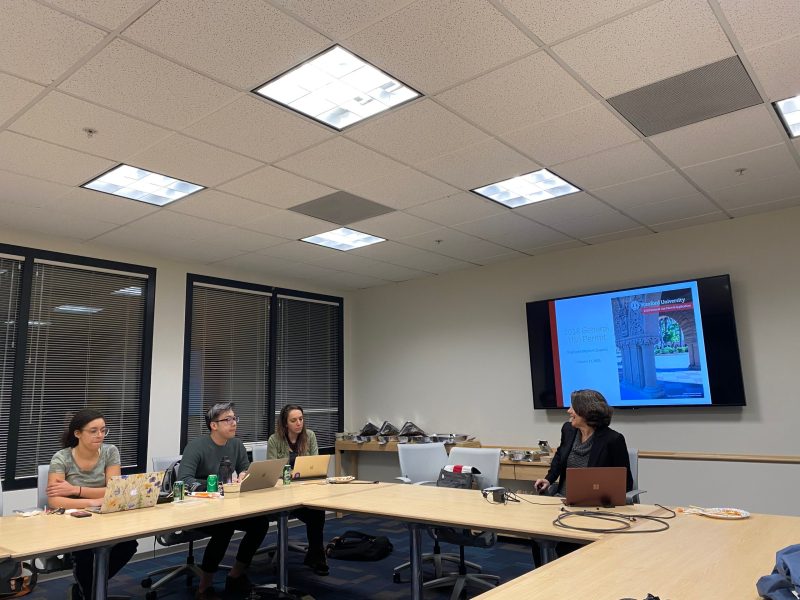In Wednesday’s Graduate Student Council (GSC) meeting, the Land Use and Environmental Planning Team presented an overview of the General Use Permit (GUP) — the agreement that governs how Stanford can build on its land — and answered councillors’ questions regarding its implementation and impact on transportation.
Councillors also discussed an inspection trip to the new Escondido Village Graduate Residences (EVGR) buildings. Ten GSC members will tour the new buildings to inspect their floor conditions and common space.
Associate Vice President of Land Use and Environmental Planning Catherine Palter gave a general introduction to the GUP, explaining that it would serve a similar role as the Comprehensive Framework in 2000, which allowed for on-campus construction of now-established buildings such as the Yang and Yamazaki Environment and Energy Building (Y2E2), the Anderson Collection and EVGR. The GUP would also hold Stanford accountable, Palter said, including mitigating impact on transportation volume, prioritizing affordable housing, preserving the regional detention basin, moving the campus to 100% green power and decreasing water use by 49%.
“There was a lot of community engagement in the process,” Palter said. “Three years after we submitted the permit, we were continuously out in the community with informal meetings like this to help people understand it.”
According to resources studied in the 2018 Environmental Impact Review (EIR), out of the 83 environmental impact areas Stanford was assessed for, five were marked as significant by GUP, including cultural resources (the possible removal of historical buildings), noise, transportation and off-campus housing.
“All Stanford was asked to do was to mitigate the impact … The only place Stanford can be accused of [negatively impacting the environment] is not addressing all day trips,” Palter said.
Since GUP intends to increase buildings, Palter said, it is inevitable that net trips will increase.
Councillor Gabby Badica, a literature, culture and languages Ph.D. candidate in her final year, said that a unified transit system in Santa Clara County is “sorely missing,” and recommended that this issue be addressed in a new GUP.
“It is impossible to get around this area outside of Caltrain and the Marguerites,” Badica said. “For me to get from here to the neighboring cities that make up the Silicon Valley it takes two hours or more. When I first moved here I thought it was an unusual occurrence, but it turns out this is how things work here.”
Financial Officer and Councillor Lawrence Bai, a fourth-year immunology Ph.D. candidate, recommended that the University increase the frequency of Marguerite shuttle trips to the Stanford Shopping Center to incentivize students to use public transportation over cars.
Lucy Wicks, director of Government and Community Relations of Stanford Redwood City Operations Team, said that a “free vanpool program” that accommodates five to eight passengers has been implemented in East Palo Alto and became one of the most effective measures of addressing public transport access.
Contact Dongming Zhang at dongming ‘at’ stanford.edu.
